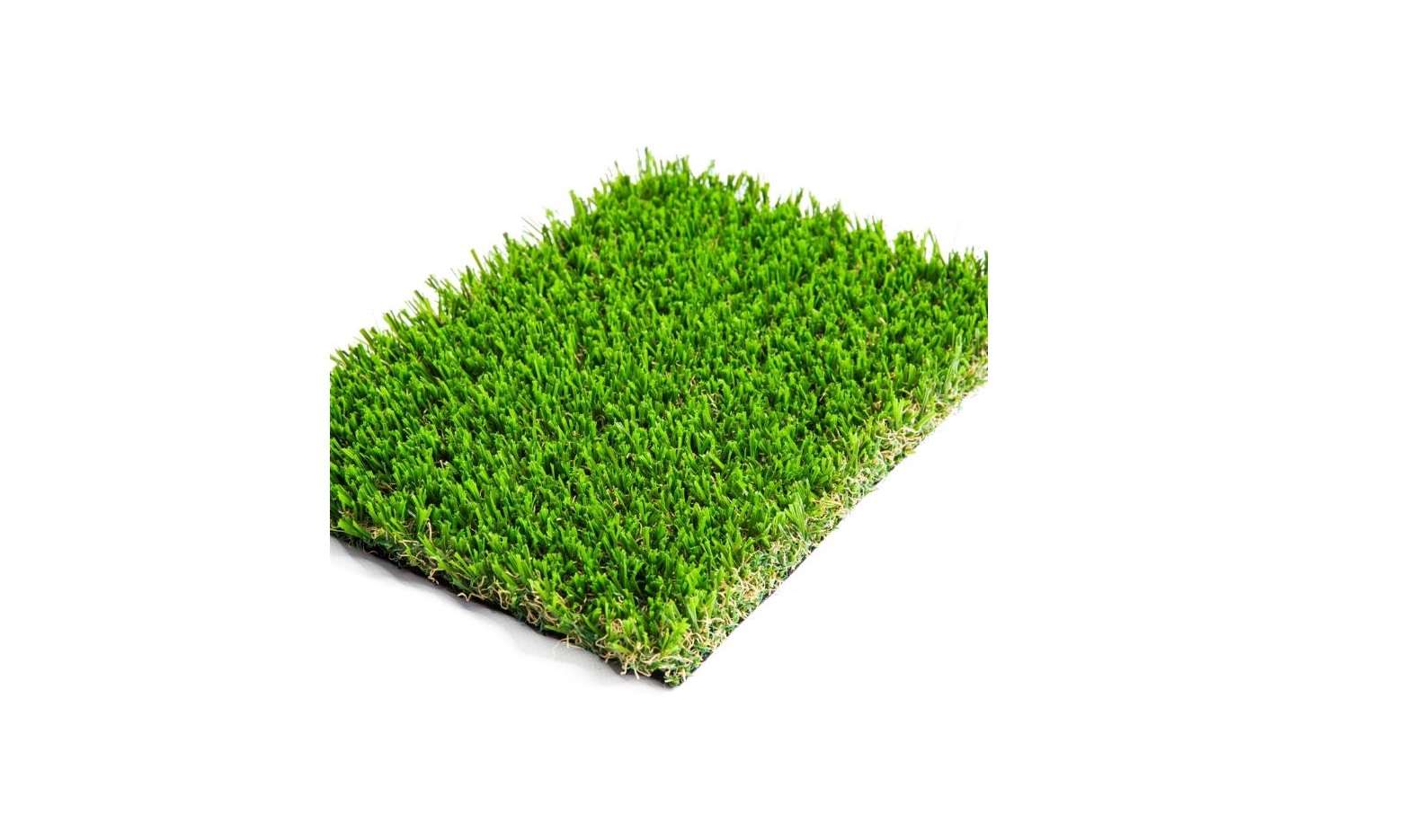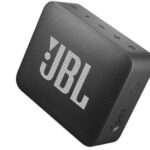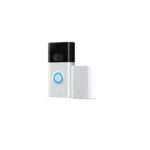NFD Synthetic Turf User Manual

You will need: shovel, rake, wheelbarrow, utility knife, U pins, adhesive, tape, hammer, compactor, hard synthetic bristled broom, base material (such as road base and/or crusher dust), sand infill, drainage grate/channels (if required)
SURFACE PREPARATION
Firstly, check the area for any underground utilities, such as drainage, electrical or telecommunications.
To ensure the longevity and smoothness of your lawn, a solid base is required. Start by removing existing turf or soil to make room for your base. You will need to dig to a depth of approximately 80mm-100mm. This can generally be done with a shovel, rake and wheelbarrow, but in some cases, a bobcat may be required.
This is also the time to install drainage if needed. Check the elevation of your yard to ensure that rainwater will drain away from the house, not pool up against it.
Once you have cleared the surface and installed your drainage, add at least 80mm-100mm of base (such as road base and crusher dust). If the area will be subject to vehicles, the depth should be 150mm. Make sure the top layer is fine enough so the finish is smooth.
Lightly water the area then use a compactor to create a firm base for your turf.
LAYING
Plan your synthetic grass so that the pile falls in the desired direction. It’s important to note that facing into the pile direction will give a darker shade than looking along the grain.
Once the area has been planned for aesthetics and measured, it’s time to roll out your grass. Make sure to lay each piece in the same direction for consistency.
Once your turf is laid out and cut, you are ready to join the seams. Ensure the joins are perfectly aligned for an authentic finish and the surface below is completely hidden. Fold back 30cm either side of the seam. Roll joining tape, ensuring the middle of the tape will fall at the centre of the join and apply adhesive to the tape. Starting from one end, gently lay the turf back together, being careful not to fold any tufts into the adhesive.
Once the turf is in place and seams are completed, secure the lawn with U shaped pins every 30cm around the perimeter and every 20cm along the seams. Use a hammer to do this and ensure the grass blades are not trapped underneath the pins.
Trim the perimeter of your new synthetic lawn to a tidy finish.
Note: If you are laying artificial turf over concrete, the product can be glued with an indoor/outdoor adhesive directly to the concrete without the use of tape.
APPLYING SAND
Now that your turf is secure, infill the turf with clean sand. This ensures that your grass sits correctly and can tolerate heavy traffic.
NFD recommends the following amounts of sand –
30mm turf – 5kg per 1m2
35mm turf – 6kg per 1m2
40mm turf – 8kg per 1m2
Brush the sand in with a hard synthetic bristled boom (do not use wire bristles).
POST INSTALLATION
Synthetic turf is relatively easy to maintain. Refer to NFD’s Maintenance Guide for further information. After heavy weather or after a period of time, additional sand may be required to top up the infill and extend the life of your lawn.
Relax and enjoy your new synthetic turf!
Download PDF
NFD Synthetic Turf User Manual PDF Download




